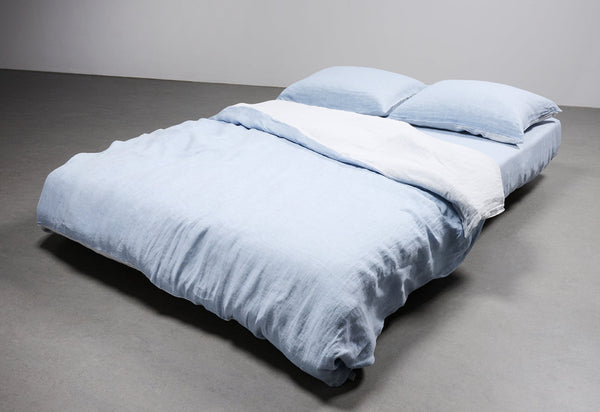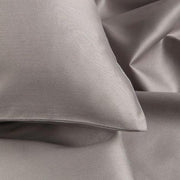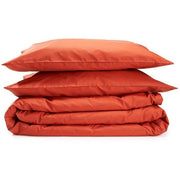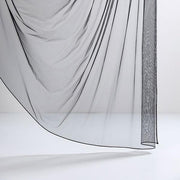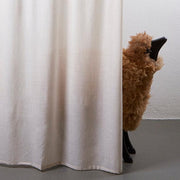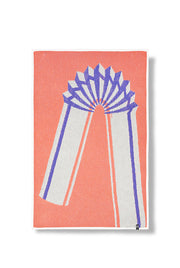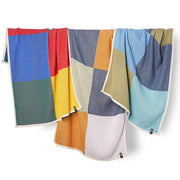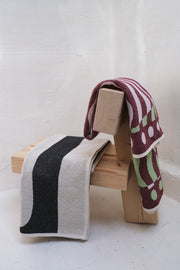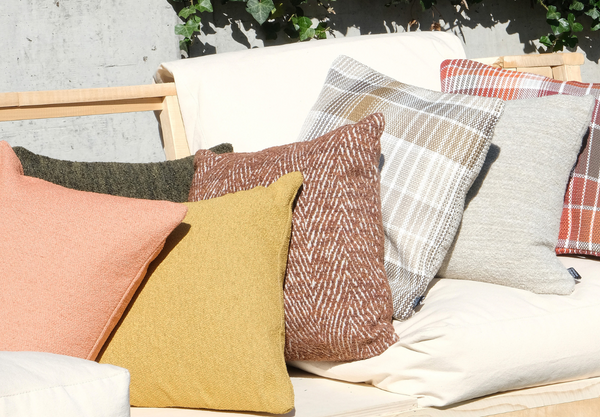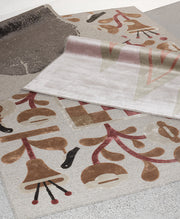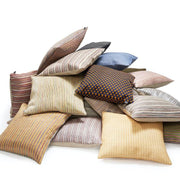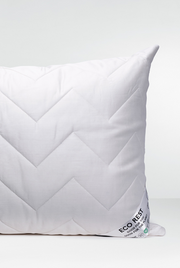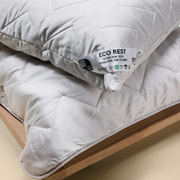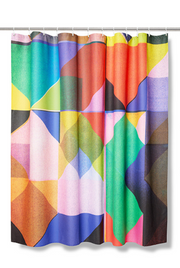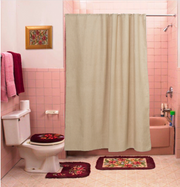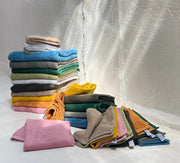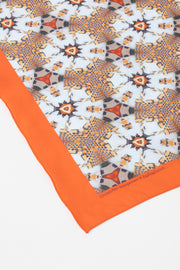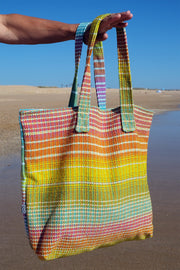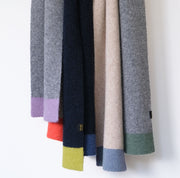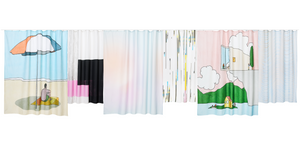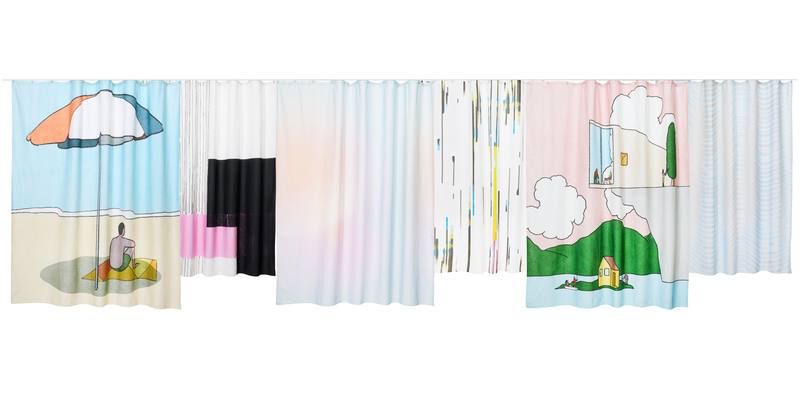The process of making recycled cotton involves several steps, from the collection and sorting of textile waste to the processing of fibres into new yarns and fabrics. This is a detailed overview of the process of making our recycled cotton in Europe.
1. Collection of cotton waste. Recycled cotton can be sourced from two main sources:
Post-consumer waste: This includes used garments and textiles that have been discarded by consumers.
Pre-consumer waste: This also includes manufacturing waste, such as offcuts and virgin cotton products during manufacturing not used by textile mills and factories. Our recycled cotton yarns are manufactured using post-industrial cotton waste sourced in Europe.
2. The sorting of cotton waste. The collected textile waste is sorted according to colour, fabric type and quality. This is a crucial stage in the recycling process, ensuring that the recycled material is of a consistent quality and suitable for further processing. Our yarns are crafted from high-grade waste cotton sourced from leading European textile mills.
3. The cleaning of cotton waste. The sorted textiles are then cleaned to remove any contaminants, such as dirt, labels, and non-cotton components. This may entail mechanical and chemical cleaning processes. The entire process is conducted in accordance with the highest standards and is Oekotex compliant.
4. The shredding of the cotton waste. Once the textiles have been cleaned, they are shredded into smaller pieces and then mechanically pulled apart in order to recover the cotton fibres. This process involves the breakdown of the fabric structure and the separation of the individual fibres.

5. Blending. To enhance the quality of the recycled cotton fibres, they are blended with virgin cotton fibres to achieve a soft and strong consistency, suitable for spinning.
6. Spinning. The blended fibres are then spun into yarn. This process involves aligning the fibres through carding and drawing them out to create a continuous thread. The spinning process determines the thickness and texture of the yarn. Once the yarns have been woven, they are then dyed. Yarn-dyed fabrics are the most colour-intensive and retain their colours for longer than piece-dyed fabrics.

7. Weaving The yarns. The finished yarns are then placed on the Jacquard looms for weaving, with a warp and a weft. Warp threads are the longitudinal threads that run the length of the fabric. The threads are held stationary and under tension on a loom during the weaving process. The weft threads (also known as fill or woof) are the horizontal threads that are woven over and under the warp threads to create the cotton blankets. The weft threads are where more of the colours are mixed.
8. The finishing and sewing processes are then applied. The fabric is then subjected to a finishing process, during which the cotton is washed and combed to ensure it is of the highest quality and softness. Once this process is complete, the cotton can then be cut and sewn into cotton blankets.
By using locally produced yarns, we can reduce the carbon footprint and run smaller, more efficient production lines.
Recycled cotton offers numerous benefits, both environmentally and economically. The following are some of the key advantages:
Environmental Benefits
Reduces waste: By recycling cotton, the amount of textile waste that ends up in landfills is significantly reduced, thereby reducing the environmental impact of textile production. This helps to address the growing issue of textile waste disposal.
It also conserves resources. The conventional cotton growing process can be resource-intensive, requiring significant quantities of water, pesticides and fertilisers. By using recycling cotton, we can help conserve natural resources, reducing the need for new cotton cultivation.
Furthermore, recycling cotton has the additional benefit of reducing the carbon footprint associated with cotton production. Recycling cotton helps to reduce the carbon footprint associated with cotton production.
Reduces Chemical Use: The use of chemicals in traditional cotton farming can lead to soil degradation and water pollution. The use of recycled cotton reduces the need for chemicals, which in turn reduces environmental contamination.
Economic Benefits
Cost Savings: Recycled cotton can be less expensive than growing new cotton, as it avoids several stages of the farming and processing pipeline. This can result in cost savings for our end consumers.
Job creation: The recycling industry can create jobs in the collection, sorting, and processing of textile waste. This can help to support local economies and create employment opportunities.
Social Benefits
Promotes Ethical Practices: The use of recycled cotton is in line with sustainable and ethical business practices, aligning with the global movement towards more responsible production methods.
As consumers become more aware of the environmental impact of their purchases, offering recycled cotton products can help educate and engage them in sustainable practices.
Quality and Versatility
Quality: Modern recycling techniques ensure that recycled cotton can match the quality of virgin cotton. This makes it suitable for a wide range of textile applications, including clothing and home furnishings. We use recycled cotton in our cotton blankets and mini towels.
The widespread disposable culture in fashion significantly contributes to the escalating textile waste problem. In the UK alone, over 200,000 tons of textile waste are produced annually. Italy, the worst offender in the EU, discards nearly half a million tons to landfills each year. Without proper recycling, this massive waste accumulation will pose an even greater issue in the future.

In conclusion, recycled cotton offers many environmental, economic, and social advantages. It supports sustainable development by reducing waste, conserving resources, lowering emissions, and fostering ethical consumerism.
